One of the largest infrastructure projects in San Diego’s history –– the Mid-Coast Trolley project –– is set to begin final construction on April 16 on Genesee Avenue. The five-year project is expected to lessen traffic congestion within freeways and arterials within the Mid-Coast Corridor. Additionally, it is expected to expand its San Diegan public transportation capacity to accommodate future travel demands during peak period commute trips.
“Having this trolley providing access to our South Bay, East County communities who can now get here by rail rather than by car, it creates a whole level of opportunity that doesn’t currently exist,” San Diego Mayor Todd Gloria told San Diego NBC 7. “That’s one of the reasons why I’ve been a strong supporter of this project for so many years.”
The Mid-Coast Trolley extension route extends the UC San Diego Blue Line Trolley service from the Santa Fe Depot in downtown San Diego to the heart of UCSD. The project creates a one-seat (no transfer) ride from South San Diego county to the university, allowing for individuals as far south as the US-Mexico border to arrive in La Jolla in a maximum time of 70 minutes. The Mid-Coast Trolley is expected to begin service in late 2021.
There are three university stops intersecting at various points on campus. The first is the Veterans Affairs Medical Center Station, located on La Jolla Village Drive, west of Interstate 5. The second stop is Pepper Canyon trolley station, and the last is the Voigt Drive Station within the eastern portion of UCSD.

Funding for the project is largely attributed to the late MTS Chief Executive Officer Paul Jablonski, who was able to secure a full-funding $2.1 billion grant agreement. In anticipation of this transportation upgrade, UCSD planned out the construction of several projects that extend along the whole corridor from Old Town to University City.
The full-funding grant agreement in question originated from the San Diego Association of Governments, a public agency that allocates funds towards regional issues regarding growth, transportion, and other facets of regional development. In September 2016, the Federal Transit Administration and SANDAG funded half of the grant’s funding from TransNet, the region’s voter-approved half-cent sales tax for transportation improvements. The FTA covered the other half of the funding, as per the agreement.
Among these UCSD projects include the Design and Innovation Building at the Pepper Canyon trolley stop, the UCSD Downtown Center located at the northwest corner of the intersection of Park Boulevard and Market Street in downtown San Diego, and the now completed North Torrey Pines Living and Learning Neighborhood.
Additionally, the trolley is expected to further aid San Diego’s historically disadvantaged Hispanic population. According to a report released by The Chicano Federation last September, Latinos make up 46 percent of So-Cal food service employees, 32 percent of the overall workforce, and 67% of all COVID-19 cases in San Diego County. The Mid-Coast Trolley extends the Blue Line service to many Hispanic communities in southern San Diego county, which will allow people to have easier access to UCSD and other parts of the region.
Some students anticipate that the trolley will make off-campus excursions more affordable, while others look at it as an environmentally friendly alternative to commuting.
“I drive fairly often out of La Jolla, as there aren’t many cheap activities to do inside the city,” stated Roger Revelle College freshman Johnathan Gong. “I don’t think it’s necessary to be driving everywhere and honestly, having another form of public transportation is super awesome for the environment. I think a lot of my friends would say the same thing too — we’d all love to see a trolley take us around places that we’ve maybe never seen before.”
The Mid-Coast Trolley is also expected to drastically increase transportation efficiency to UCSD for off-campus students. Commuters from Chula Vista to the main campus usually expect an hour-long drive, with Interstate 5 Northbound typically becoming congested with traffic around Pacific Beach. Additionally, gas prices in the San Diego area have steadily increased lately, rising by 5.7 cents over the past 13 days and $1.23 since last year.
“I think it is great that they are introducing a new form of transportation for commuters in Chula Vista,” said John Muir College freshman Giselle Rodriguez in an interview with The UCSD Guardian. “The MTS trolley is very accessible to Chula Vista’s surrounding regions, including San Ysidro and National City. Hopefully, it will offer a more economical alternative to spending money on fuel and car maintenance.”
Individuals interested in staying up to date on the progress of the Mid-Coast Corridor project can visit its Twitter and Facebook page, sign up for its newsletter, or contact the project team at [email protected] or (877) 379-0110.
Photo courtesy of SD News.
This article was modified on Apr. 27 at 11:39 AM to include a mention of SANDAG and the trolley’s funding mechanisms.


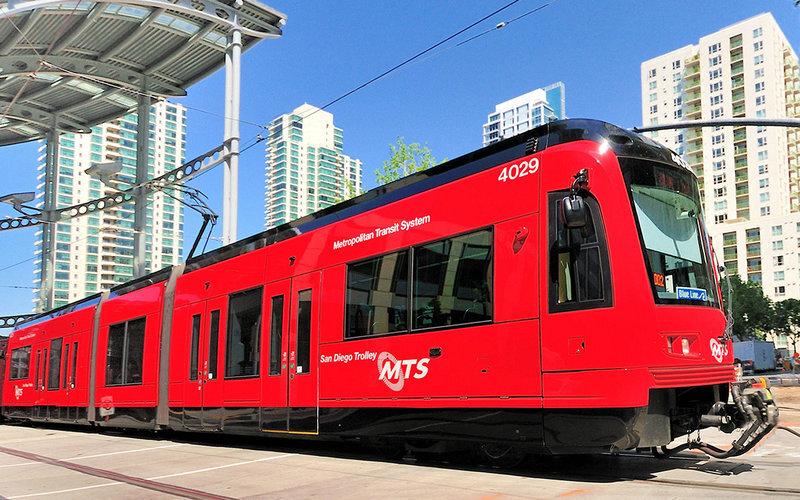







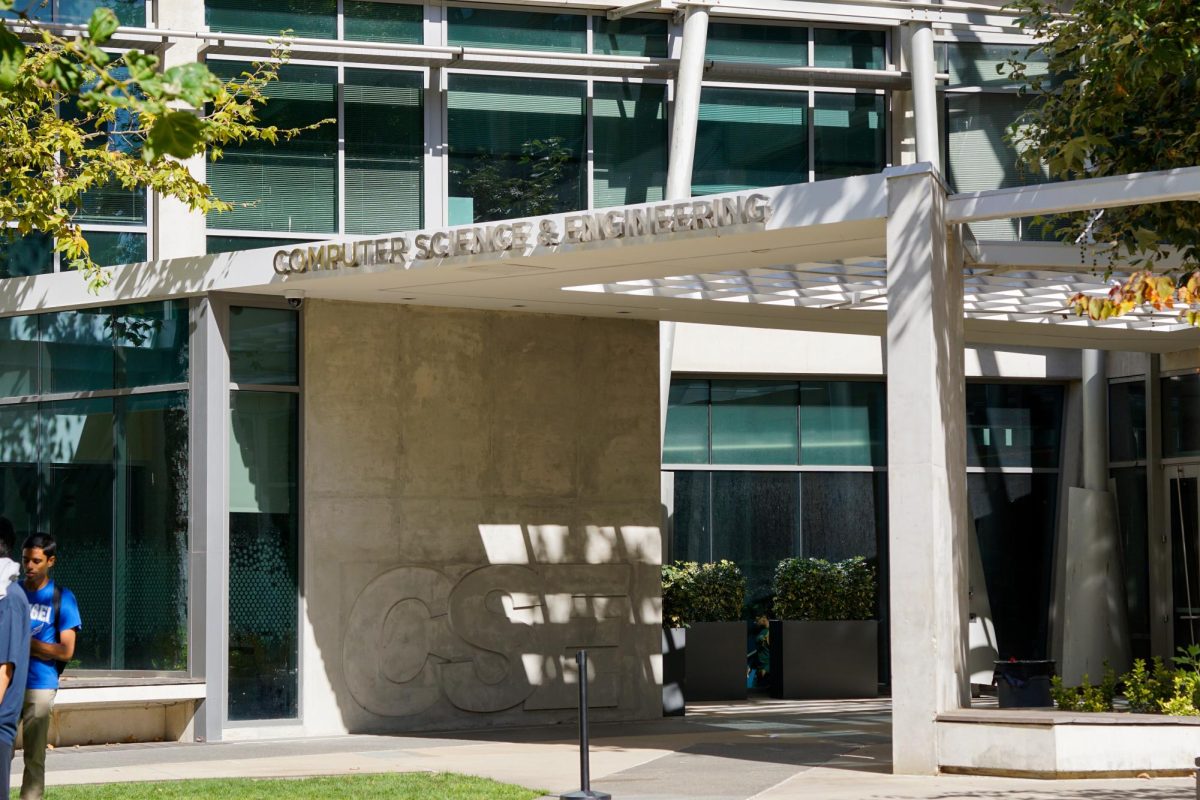
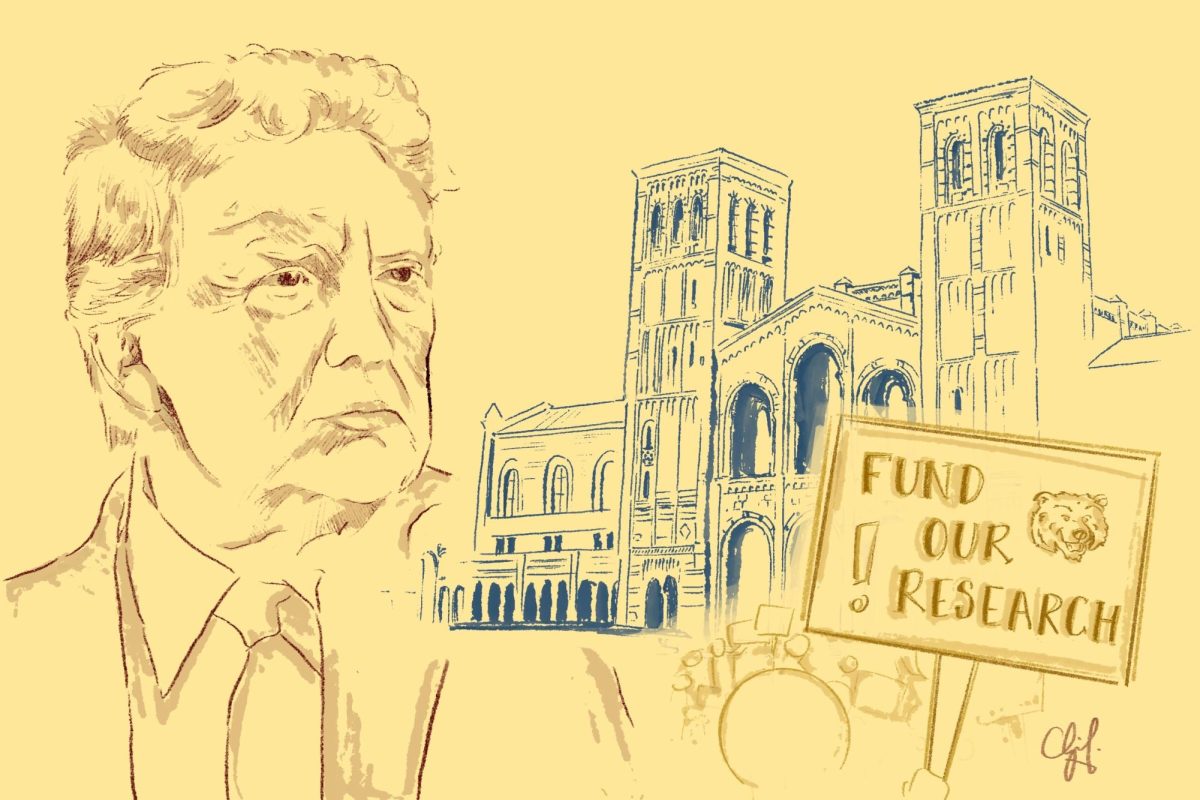
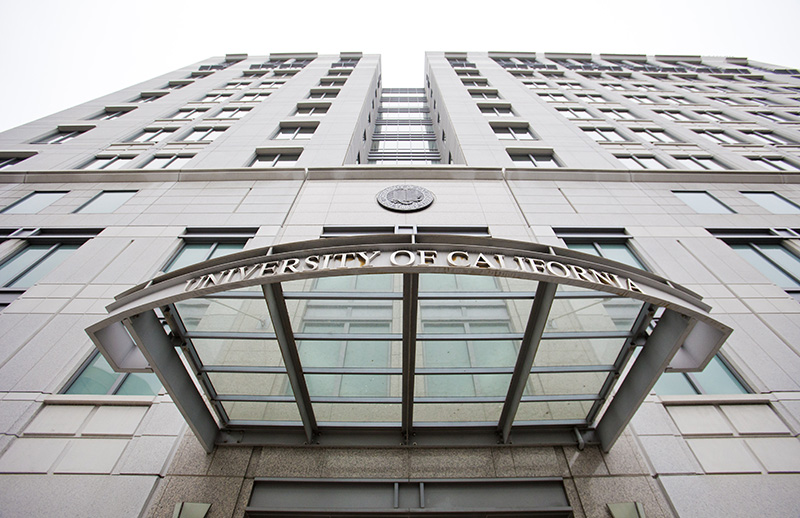
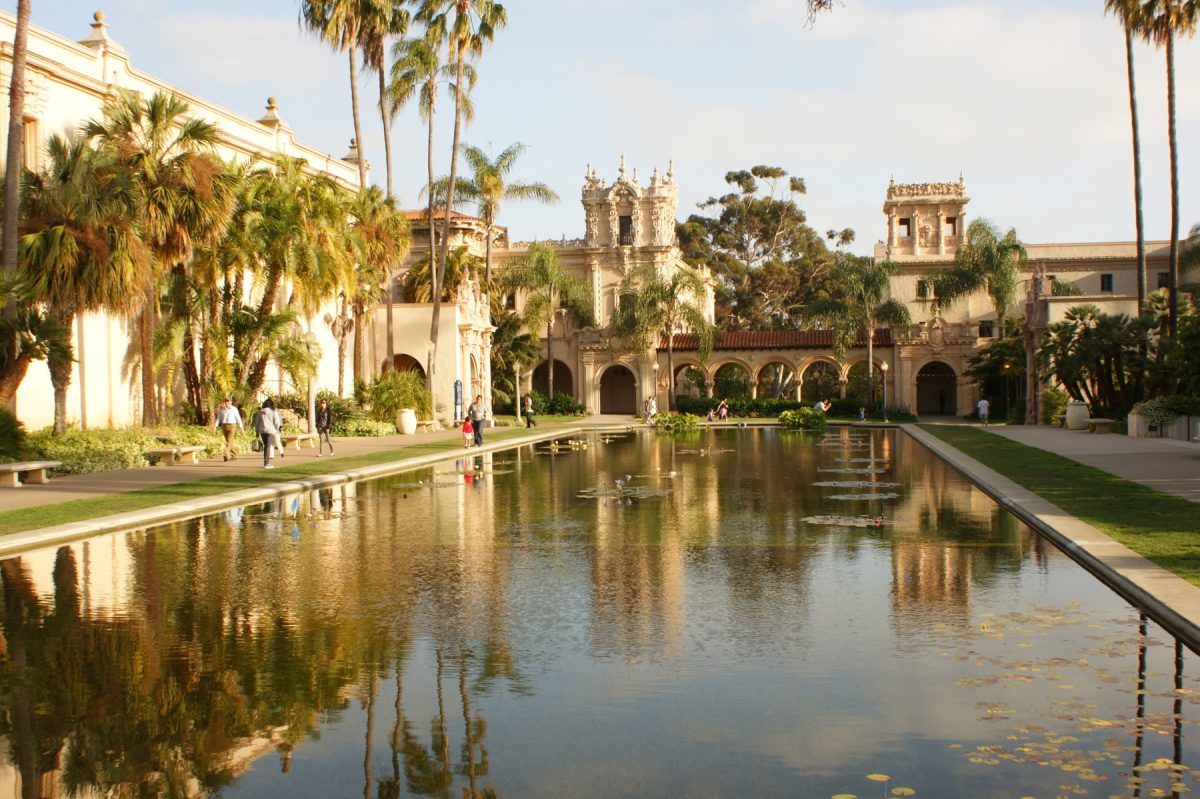
Eric Buxton • Jun 11, 2021 at 2:07 pm
Completely disagree.
Alexander A. • Jun 8, 2021 at 12:59 pm
I just hope anyone who is ready to take the 3 hour trolley and bus and walking trip does not have to use the bathroom. There are none. Maybe you have to find some bushes or go in an alley.
steve • May 18, 2021 at 1:30 pm
This trolley will not be used as much as they hope. People still have to take busses or Uber to get where they want after getting off.
In addition this ruined UTC, a once beautiful area that has become nothing but dorms for UCSD.
How about UCSD build enough housing for all of their students? They have the land, they just keep using the space to expand to let in yet more students they can’t house.
House 100% of the students and that frees up thousands of apartments for the working people of San Diego who they were built for in the first place and traffic is reduced.
San Diego is turning into LA and anyone who keeps voting for high density proponents like Gloria lose the right to complain after San Diego is destroyed.
Jeralene Taylor • May 15, 2021 at 6:29 am
When will the trolley started going to Lajolla. What the date.
Kim Ruiz • May 3, 2021 at 12:13 pm
Thank you for the information and wish the best for the new system and commuters.
Mary Ruiz • Apr 27, 2021 at 6:37 pm
Interesting article . Hope it serves the population in a positive way!
Walter Skowron • Apr 27, 2021 at 8:36 am
For years I have been wondering why the trolley doesn’t go to North County? It could go along hwy 163 and I 15 to Escondido.
George • Apr 27, 2021 at 12:27 am
Right,to go from on or mission beach to ucsd, we have to take a bus to the station at highway 5′ then take the train to the ucsd areas, and then an elevator, then a bus to the ucsd hospitals. All instead of taking one transfer on one bus#30 to the different hospital bldgs. Whoever thought of that did no consider convenience or the difficulties for seniors. Instead of the cost of a single ticket, now you will have no transfers but three tickets!
Nuts , leave the buses and their schedules alone.
Robert Thomas • Apr 26, 2021 at 5:25 pm
Wish they had continued North to Sorrento Valley. Lot of businesses offer van pool pickup of employees, and would have given more people to use mass transit.
Ronald Ruiz • Apr 26, 2021 at 4:25 pm
Good article I found Interesting, hope that it does good for the transportation woes, congested traffic etc………
Fatluhere • Apr 26, 2021 at 10:53 am
Right
Paul Anthony • Apr 26, 2021 at 10:24 am
I’d like to see a map of the stops along this line from Old Town to the end at UCSD.
Frenesí • Apr 26, 2021 at 8:42 am
Wait, so instead of taking a bus to the hospital door, we now have to take a bus to the hospital door? Oh no! And we have an extra option of using the trolley or not? How awful! Help me understand how this is bad?
Lynne D Shapiro • Apr 26, 2021 at 7:15 am
The trolley will be harmful to patients in at the many UCSD area medical facilities. The current buses either go to their doors or provide easy at grade level transfers to buses that do. With the planned eliminations or truncations or reroutes of those buses patients will have to get to the trolley, use small elevators to exit the trolley, then go over to a bus to the door of the medical facilities. MTS has two segments of riders going to that area and should serve both equally with the trolley and current buses on their current routes.